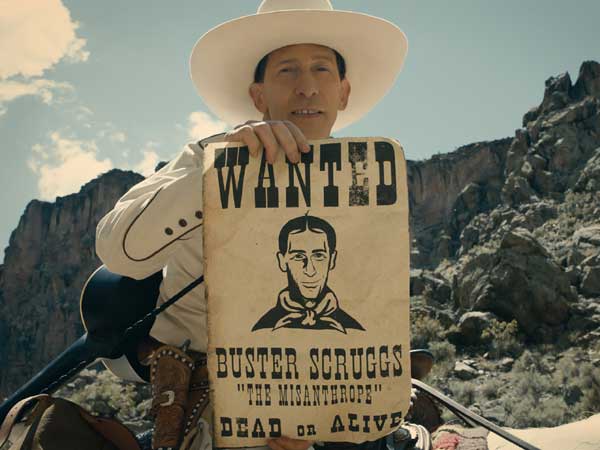
Hollywood cinema, since its inception towards end of the first decade of the 20th century became a huge draw all over the world with the setting up of big studios that systematised production that were run like assembly lines. With world-wide distribution network systems under their control, the big studios could exhibit their products at the farthest corners of the world where they had their own theatres.
But came the 40s and Hollywood faced a serious threat. Television, which was invented in 1925, entered the living rooms of American households and viewership in theatres dropped radically. In order to draw the viewers out of their homes, Hollywood began to make big movies – quite literally. Widescreen innovations like Vistavision, Panavision and Technicolour were introduced, and the content became larger than life. Such fare could not be appreciated on the small screen; people had to come back to the theatres.
Since then, a conflict ensued between the two mediums. People associated with the film industry began to look down upon television but with the passage of time they had to reckon with the power of its reach and commercial viability. Many studios set up subsidiaries that began to make television shows alongside feature films; even the great Alfred Hitchcock dabbled in television. His popular series – ‘lfred Hitchcock Presents ran for almost two decades.
With the crumbling of the studio system and the emergence of private players from the early 60s, Hollywood began to lose its sheen; but television continued to grow from strength to strength. Television was where the money was. A lot of film stars began to appear on television and minted regular money.
Television could not be treated as a pariah anymore – but film conservatives continued to look at it with disdain, despite flirting with it occasionally. With the advent of home video, and later CDs and DVDs which could be rented from the local libraries, people began to prefer watching films inside the comfort of their homes again; plus, they could now choose from a wide array of films and not be dependent on individual releases. Channels dedicated solely to films began to sprout on different television channels and became hugely popular.
But despite the threat of television, films continued to stick around, with all its attendant glamour. Film stars – except rare occasions, avoided television and were deemed more glamorous than their television counterparts. But in terms of revenues, cinema was no way close to television. This has been the case all over the world.
But in recent years, with the advent of streaming platforms like Netflix and Amazon Prime a new phenomenon has begun to unfold. Netflix, which has come to be known as the new 800-pound gorilla in the film business, has been making a big push to work with major international directors; and filmmakers have begun to shed their inhibitions and falling hook, line and sinker to the bait.
The great American director duo – Ethan and Joel Coen – have acknowledged that their latest film which has been produced by Netflix – The Ballad of Buster Scruggs – could not have been financed by a regular movie studio. It is to the credit of Netflix that it is investing in the kind of movies which aren’t regular ‘Marvel comic movies or big franchise movies’ – to quote the Coen Brothers. Even in India, Sacred Games could not have appeared on a regular television channel.
Recently Netflix roped in Martin Scorsese to make The Irishman, starring Robert DeNiro, Al Pacino and Joe Pesci at a phenomenal budget which has exceed 150 million US dollars. This has come in for a lot of criticism because film lovers feel that Scorsese’s decision to work with a digital studio that does not share his passion for the big screen is like the grand betrayal, especially after the venerated Cannes Film Festival has banned Netflix-produced movies from competition for their lack of interest in theatrical distribution.
On being asked if they perceived a threat to the traditional ways people have seen movies, the Coen Brothers admitted that they were conflicted like everyone; “It’s great if people go see movies in theatres; but then we go home and watch them on TV.”





